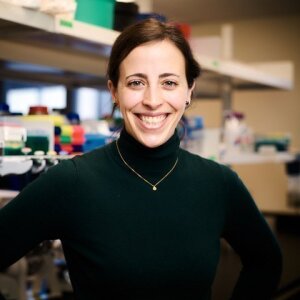This session calls for the researchers to exhibit their work on strategies used by microbes to colonize the environment, bet hedge, and manifest various genotypes and phenotypes in the population.
Such strategies are important to consider since they lead to increased fitness and also assist in forming interactive communities like microcolonies and biofilms. It also provides an opportunity to discuss work on microbial applications to the environment in the form of bioremediation and biogeochemical cycles.
Prof. Dr. Marcus Horn – Institute of Microbiology, Leibniz University (Hannover, Germany)
Marcus Horn
Image: Marcus HornProfessor at the Institute of Microbiology at Leibniz University Hannover and Head of Research in the Microbial Ecology of Natural and Engineered Systems Group.
The Horn Lab focuses on researching the parameters affecting the regulation of microbial community structure and microbial physiology of model organisms. Research topics are global change microbiology, enabling the utilization of new metabolic potentials for biotechnological purposes, bioremediation and circular economy, microbial microplastic degradation, micro-macro-organism interactions, and the regulation of soil microbial biodiversity as well as ecological theory. Next-generation sequencing, transcriptomics, gene expression studies, as well as RNA- and DNA-based isotope probing techniques to trace process-associated key organisms and intermediates are routinely applied. The isolation, description, and validation of new cornerstone species complement such approaches.
- click hereExternal link for the lab-website -
Prof. Dr. Isabelle Laforest-Lapointe – Biology Department, Université de Sherbrooke (Canada)
Isabelle Laforest-Lapointe
Image: Isabelle Laforest-LapointeAssistant Professor at Université de Sherbrooke and holder of a Canada Research Chair Tier II in Applied Microbial Ecology.
The Laforest-Lapointe Lab focuses on the topics of Microbial Ecology, Biodiversity-Ecosystem Function, and Global Change aiming to expand the mechanistic understanding of plant-microbe symbiosis and to improve technologies with a focus on maintaining ecosystem productivity, resilience, and resistance. They aim to explore multi-domain host-microbe interactions in the context of temporal variation in community structure, increased abiotic stress due to global change, and the development of microbial bio-control technologies. As a function of the importance of Biodiversity-Ecosystem Functions, the group demonstrated that leaf-associated microbial communities play a significant role in driving ecosystem productivity and investigate further how plant-microbe interactions in the phyllo-sphere influence host survival and fitness in the context of Global Change.
- click hereExternal link for the lab-website -

